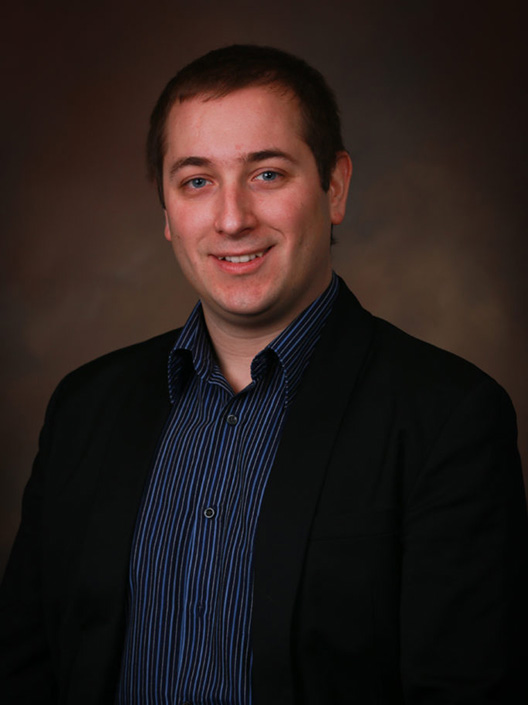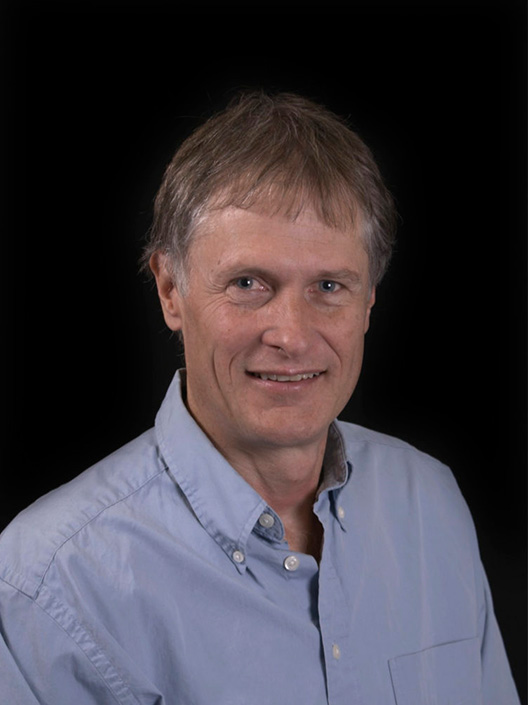Electrical and Computer Engineering
COMPUTER ENGINEERING
At the University of Utah, our Computer Engineering program is a gateway to boundless possibilities. Our cutting-edge curriculum, world-class faculty, and state-of-the-art facilities empower students to explore the frontiers of technology. Our students embark on an exciting journey of discovery of design and invention that includes innovative software development, microprocessor design, architectures and embedded systems, and semiconductors.
Students gain practical experience that sets them apart in a competitive job market through hands-on projects and industry collaborations. The nurturing environment fosters creativity, critical thinking, and problem-solving skills. Whether you dream of leading tech giants or launching your own startup, a degree in Computer Engineering from the University of Utah equips you with the expertise and connections to achieve your aspirations in this ever-evolving digital landscape. Join us, and let your career soar to new heights.
Suggested Coursework
The following are suggested Programs of Study for a Computer Engineering graduate student pursuing an MS degree. It is not required that students follow any of these course schedules, but for students to use these as a guide. So long as degree requirements are met, any ECE or allied graduate coursework (5000- level or above) may be substituted.
Traditional MS
3 Semesters | 1-1.5 Years
These Programs of Study meet Coursework option requirements for a full-time student and can easily be adapted to the Project option. Students completing the Thesis option must meet with the Graduate Student Coordinator to create their academic plan.
Part-Time MS
5 Semesters | 2-2.5 Years
A schedule like this is for students who are currently working and don’t have the capacity to be full-time students but feel capable of managing a steady pace of courses (2 per semester).
Coursework
| Semester | Courses | Credits |
| 1 | 2 | 7.0 |
| 2 | 2 | 6.0 |
| 3 | 2 | 6.0 |
| 4 | 2 | 6.0 |
| 5 | 2 | 6.0 |
| TOTAL | 12 | 31.0 |
Summer Project
| Semester | Courses | Credits |
| 1 | 3 | 7.0 |
| 2 | 3 | 6.0 |
| 3 | 2 | 6.0 |
| 4 | 2 | 6.0 |
| Summer | Project | 5.0 |
| TOTAL | 10 | 30.0 |
9 Semesters | 4 Years
A reduced and extended part-time schedule of 8 semesters of coursework, with 1 course per term, and a summer project.
Year 1
| Semester | Credits |
| Fall |
4.0 – ECE 6710 VLSI |
| Spring |
3.0 |
Year 2
| Semester | Credits |
| Fall |
3.0 – ECE 6810 Comp. Arch. |
| Spring |
3.0 |
Year 3
| Semester | Credits |
| Fall |
3.0 |
| Spring |
3.0 |
| Summer |
5.0 – Project |
Year 4
| Semester | Credits |
| Fall |
3.0 |
| Spring |
3.0 |
| TOTAL |
30.0 |
Default Supervisory Committee
For students completing the coursework or project options
Priyank Kalla
Professor
- Phone: 801-587-7617
- Email: kalla@ece.utah.edu
- Office: MEB 2260
- Website: https://my.ece.utah.edu/~kalla/
VLSI systems: automated synthesis and optimization, validation and verification of digital VLSI systems, including: formal verification of RTL descriptions, new techniques to guide CNF-SAT search, using Groebner's proof systems for simplification of design verification and SAT solving, and design automation for optic/photonic logic

Pierre-Emmanuel Gaillardon
Associate Chair, Professor
- Phone: 801-585-3422
- Email: pierre-emmanuel.gaillardon@utah.edu
- Office: SMBB 3745
Development of reconfigurable logic architectures and digital circuits exploiting emerging device technologies and novel EDA techniques.

Ken Stevens
Professor
- Phone: 801-585-9176
- Email: kstevens@ece.utah.edu
- Office: MEB 2254
VLSI, asynchronous circuit design and architecture, timing analysis, and formal verification



